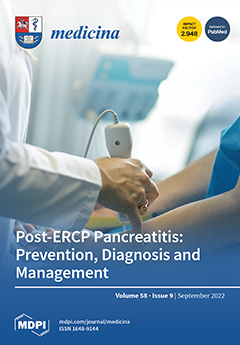Background: Fractional ablative and non-ablative lasers are useful treatments for skin rejuvenation. A procedure that provides the sequential application of fractional ablative followed by non-ablative laser treatment may reduce patients’ downtime and deliver better cosmetic results than with either laser alone.
Objective: The purpose of the current study was to demonstrate the ameliorative and therapeutic effects in skin remodeling of the synergistic use of the two laser wavelengths (fractional ablative CO
2 and non-ablative 1540 nm) with three different types of pulse shapes, S-Pulse (SP), D-Pulse (DP) and H-Pulse (HP), through which the CO
2 laser can emit, performing an ex vivo histological evaluation.
Methods: In this prospective study, ex vivo sheep inner thigh skin was chosen due to its similarity to human skin tissue, and a histological evaluation was performed. Three irradiation conditions, using all of the three CO
2 pulse shapes (alone or averaged), were investigated: (1) 10.600 nm alone, the sequential irradiation of the two wavelengths in the same perfectly controlled energy pulses (DOT) for the entire scan area; ((2) 10.600 nm followed immediately by 1540 nm; and (3) 1540 nm followed immediately by 10.600 nm).
Results: When comparing ablative to sequential irradiations, the synergy of the two wavelengths did not alter the typical ablative pulse shape of the 10.600 nm laser alone. With the same CO
2 pulse shape, the lesion depth did not vary with the synergy of the two wavelengths, while thermal lesion width increased compared to CO
2 alone. The ablation rate was achieved, while the total thermal lesion coverage in the scanning area of CO
2 − 1540 lasers was greater than when using CO
2 alone and then the other sequential irradiation.
Conclusions: This study provides important preclinical data for new and early uses of the novel 10.600/1540 nm dual-wavelength non-ablative fractional laser. The synergy of the two wavelengths enhanced all the benefits already available when using CO
2 laser systems both in terms of tone strengthening, thanks to a greater shrinking effect, and in terms of stimulation and collagen remodeling thanks to a greater volumetric thermal effect.
Full article






